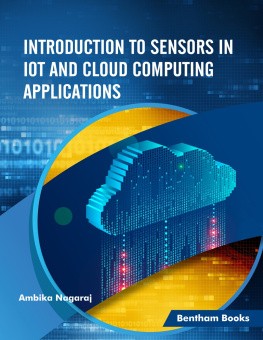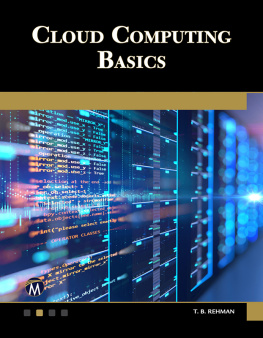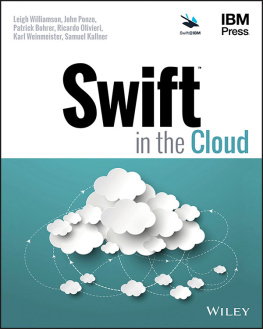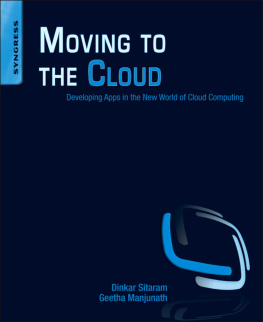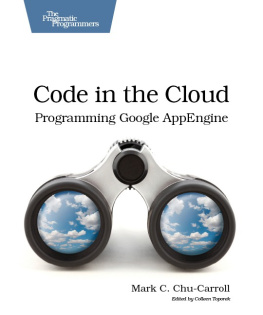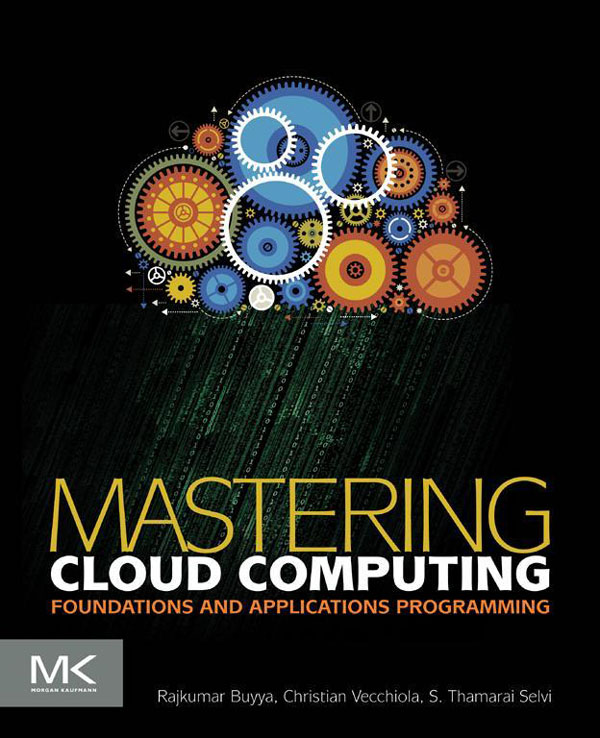S. Thamarai Selvi
Copyright
Acquiring Editor:Todd Green
Editorial Project Manager:Lindsay Lawrence
Project Manager:Punithavathy Govindaradjane
Designer:Matthew Limbert
Morgan Kaufmann is an imprint of Elsevier
225 Wyman Street, Waltham, MA 02451, USA
Copyright 2013 Elsevier Inc. All rights reserved
No part of this publication may be reproduced or transmitted in any form or by any means, electronic or mechanical, including photocopying, recording, or any information storage and retrieval system, without permission in writing from the publisher. Details on how to seek permission, further information about the Publishers permissions policies and our arrangements with organizations such as the Copyright Clearance Center and the Copyright Licensing Agency, can be found at our website: www.elsevier.com/permissions.
This book and the individual contributions contained in it are protected under copyright by the Publisher (other than as may be noted herein).
Notices
Knowledge and best practice in this field are constantly changing. As new research and experience broaden our understanding, changes in research methods or professional practices, may become necessary. Practitioners and researchers must always rely on their own experience and knowledge in evaluating and using any information or methods described herein. In using such information or methods they should be mindful of their own safety and the safety of others, including parties for whom they have a professional responsibility.
To the fullest extent of the law, neither the Publisher nor the authors, contributors, or editors, assume any liability for any injury and/or damage to persons or property as a matter of products liability, negligence or otherwise, or from any use or operation of any methods, products, instructions, or ideas contained in the material herein.
Library of Congress Cataloging-in-Publication Data
Application submitted
British Library Cataloguing-in-Publication Data
A catalogue record for this book is available from the British Library
ISBN: 978-0-12-411454-8
Printed and bound in the United States of America
13 14 15 16 17 10 9 8 7 6 5 4 3 2 1

For information on all MK publications visit our website at www.mkp.com
Acknowledgments
First and foremost, we are grateful to all researchers and industrial developers worldwide for their contributions to various concepts and technologies discussed in this book. Our special thanks to all the members and consultants of Manjrasoft, the Cloud Computing and Distributed Systems (CLOUDS) Lab of the University of Melbourne, and Melbourne Ventures, who contributed to the development of the Aneka Cloud Application Platform, the preparation of associated application demonstrators and documents, and/or the commercialization of the Aneka technology. They include Chu Xingchen, Srikumar Venugopal, Krishna Nadiminti, Christian Vecchiola, Dileban Karunamoorthy, Chao Jin, Rodrigo Calheiros, Michael Mattess, Jessie Wei, Enayat Masoumi, Ivan Mellado, Richard Day, Wolfgang Gentzsch, Laurence Liew, David Sinclair, Suraj Pandey, Abhi Shekar, Dexter Duncan, Murali Sathya, Karthik Sukumar, Ravi Kumar Challa, and Sita Venkatraman.
We thank the Australian Research Council (ARC) and the Department of Innovation, Industry, Science, and Research (DIISR) for supporting our research and commercialization endeavors.
We thank all of our colleagues at the University of Melbourne, especially Professors Rao Kotagiri, Iven Mareels, and Glyn Davis, for their mentorship and positive support for our research and our efforts to impart the knowledge we have gained.
We thank all colleagues and users of the Aneka technology for their direct and indirect contributions to application case studies reported in the book. Our special thanks to Raghavendra Kune from ADRIN/ISRO for his enthusiastic efforts in creating a satellite image-processing application using Aneka and publishing articles in this area. We thank Srinivasa Iyengar from MSRIT for creating data-mining applications using Aneka and demonstrating the power of Aneka to academics from the early days of cloud computing.
We thank the members of the CLOUDS Lab for proofreading one or more chapters. They include Rodrigo Calheiros, Nikolay Grozev, Amir Vahid, Anton Beloglazov, Adel Toosi, Deepak Poola, Mohammed AlRokayan, Atefeh Khosravi, Sareh Piraghaj, and Yaser Mansouri.
We thank our family members, including Smrithi Buyya, Soumya Buyya, and Radha Buyya, for their love and understanding during the preparation of the book.
We sincerely thank external reviewers commissioned by the publisher for their critical comments and suggestions on enhancing the presentation and organization of many chapters at a finer level. This has greatly helped us improve the quality of the book.
Finally, we would like to thank the staff at Elsevier Inc for their enthusiastic support and guidance during the preparation of the book. In particular, we thank Todd Green for inspiring us to take up this project and for setting the process of publication in motion. The Elsevier staff were wonderful to work with!
Professor Rajkumar Buyya, The University of Melbourne and Manjrasoft Pty Ltd, Australia
Dr. Christian Vecchiola, The University of Melbourne and IBM Research, Australia
Professor S. Thamarai Selvi, Madras Institute of Technology, Anna University, Chennai, India
Preface
The growing popularity of the Internet and the Web, along with the availability of powerful handheld computing, mobile, and sensing devices, are changing the way we interact, manage our lives, conduct business, and access or deliver services. The lowering costs of computation and communication are driving the focus from personal to datacenter-centric computing. Although parallel and distributed computing has been around for several years, its new forms, multicore and cloud computing, have brought about a sweeping change in the industry. These trends are pushing the industry focus from developing applications for PCs to cloud datacenters that enable millions of users to use software simultaneously.
Computing is being transformed to a model consisting of commoditized services delivered in a manner similar to utilities such as water, electricity, gas, and telephony. As a result, information technology (IT) services are billed and delivered as computing utilities over shared delivery networks, akin to water, electricity, gas, and telephony services delivery. In such a model, users access services based on their requirements, regardless of where those services are hosted. Several computing paradigms have promised to deliver this utility computing vision. Cloud computing is the most recent emerging paradigm promising to turn the vision of computing utilities into a reality.


